Day 218 & 219: Jackie Chan's Building in Rotterdam
Date: 7 April 2009
Got to Rotterdam last night and then went out with my host's sister to explore Rotterdam today. Along the way, she explained what does Squat and Anti-Squat means in Netherlands. It was very interesting.
Squatting is the act of occupying an abandoned or unoccupied space or building, usually residential, that the squatter does not own, rent or otherwise have permission to use. In the Netherlands, if a building is empty and not in use for twelve months, and the owner has no pressing need to use it (such as a rental contract starting in the next month), then it can be legally squatted. The only illegal aspect would be forcing an entry, if that was necessary. When a building is squatted, it is normal to send the owner a letter and to invite the police to inspect the squat. The police check whether the place is indeed lived in by the squatter—in legal terms, this means there must be a bed, a chair, a table and a working lock on the door which the squatter can open and close.
In cities, there is often a kraakspreekuur (squatters' conversation hour), at which people planning to squat can get advice from experienced squatters. In Amsterdam, where the squatting community is large, there are four kraakspreekuur sessions in different areas of the city, and so-called "wild" squatting (squatting a building without the help of the local group) is not encouraged. Dutch squatters use the term krakers to refer to people who squat houses with the aim of living in them (as opposed to people who break into buildings for the purpose of vandalism or theft).
There are many residential squats in Dutch cities. There are also some squats in the countryside such as a squatted village called Ruigoord near Amsterdam and Fort Pannerden near Nijmegen. Fort Pannerden (a military fort built in 1869) was evicted on November 8, 2006, by a massive police operation which used military machinery and cost one million euros. The squatters then re-squatted the fort on November 26 and have since made a deal with the local council which owns the fort. The deal states that the squatters will receive a large piece of land near the fort to start a community in the rural area in between the city of Nijmegen and Arnhem. In exchange, the fort was handed over to local authorities, who will turn it into a museum, with help provided by the squatters that used to live in Fort Pannerden.
Sometimes squats can become legalised. This is the case with the Poortgebouw in Rotterdam, which was squatted in 1980. In 1982, the inhabitants agreed to pay rent to the city council, and they are still living there as of 2008. The oRKZ (Oude Rooms-Katholieke Ziekenhuis) in Groningen, squatted in 1979, is an old Roman Catholic Hospital, which was declared legal in the 1980s.
Well-known squats include the OT301, Vrankrijk and the Binnenpret in Amsterdam, Anarres in Dordrecht, Het Slaakhuis in Rotterdam and the Landbouwbelang and Villa Vendex in Maastricht. De Blauwe Aanslag in The Hague was evicted in 2003.
Squatting gained a legal basis in the Netherlands in 1971, when the Supreme Court ruled that the concept of domestic peace (huisvrede) (which means a house cannot be entered without the permission of the current user) also applied to squatters. Since then, the owner of the building must take the squatters to court (or take illegal action) in order to evict them. A law was passed in 1994 which made it illegal to squat a building which was empty for less than one year.
There have been moves to ban squatting. In 1978, the Council of Churches launched a protest which scotched the idea. In June 2006, two ministers from the Dutch government (Sybilla Dekker and Piet Hein Donner) proposed a plan to make squatting illegal. Other ministers, such as Alexander Pechtold, were not in favor of this plan. Representatives of the four largest Dutch cities wrote a letter stating that it would not be in their interest to ban squatting. Squatters nationwide made banners and hung them on their squats in protest.
And in some cases, in order to prevent their buildings from being squat, building owners employ squatters to squat their buildings. These squatters are then known as anti-squatters. So if you are travelling to Netherlands and intend to look for cheap accomodation, this is a good method. Be an anti-squatter!
Haha... enough said. Lets now look at some intheresting buildings in Rotterdam.
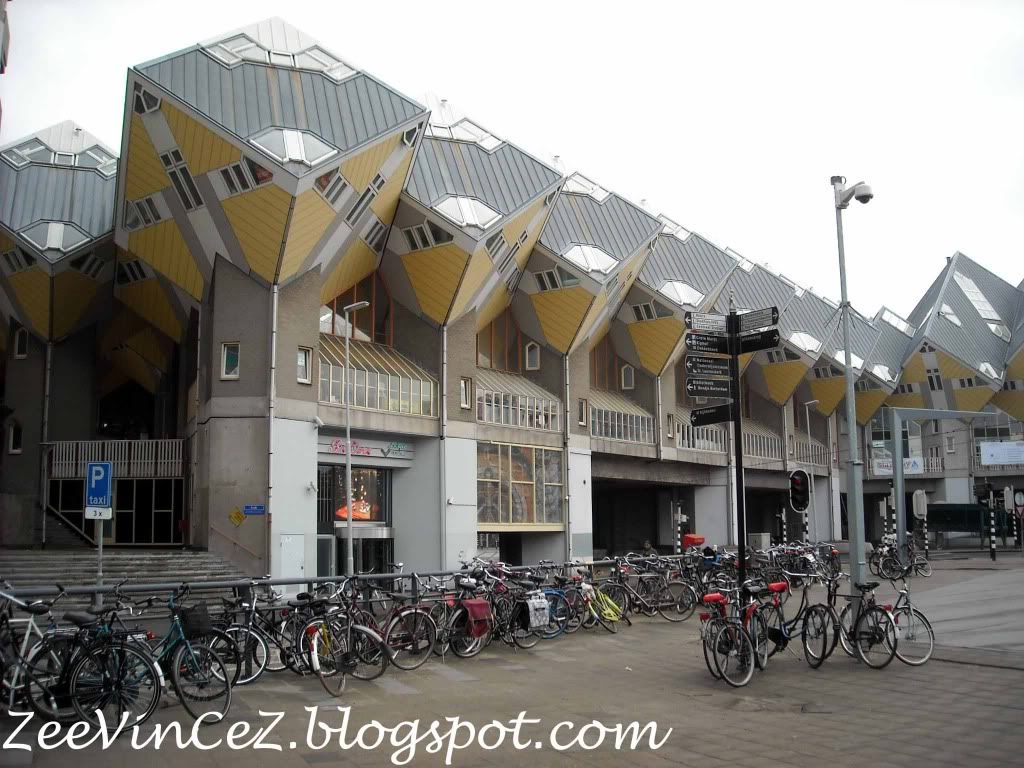
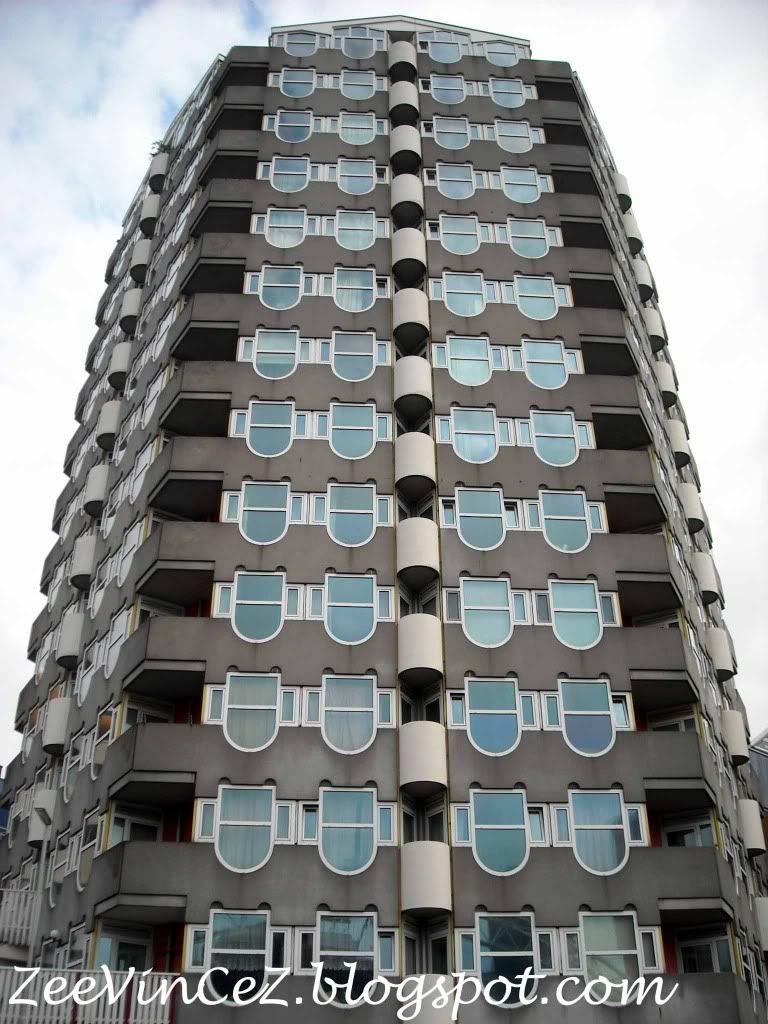
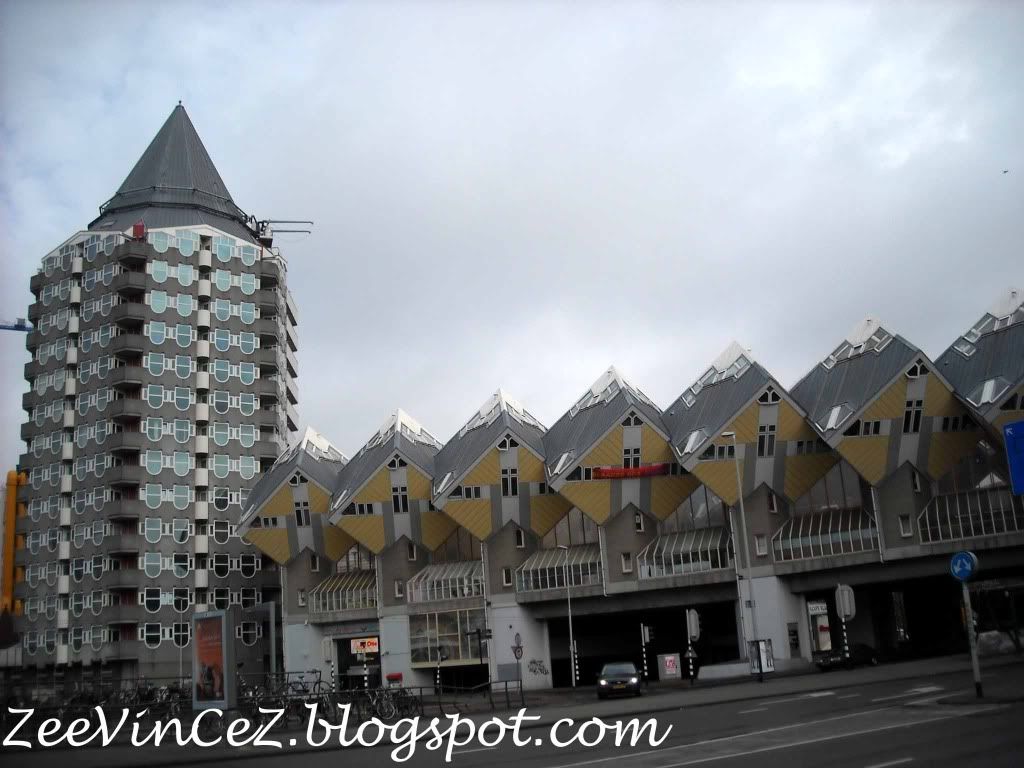
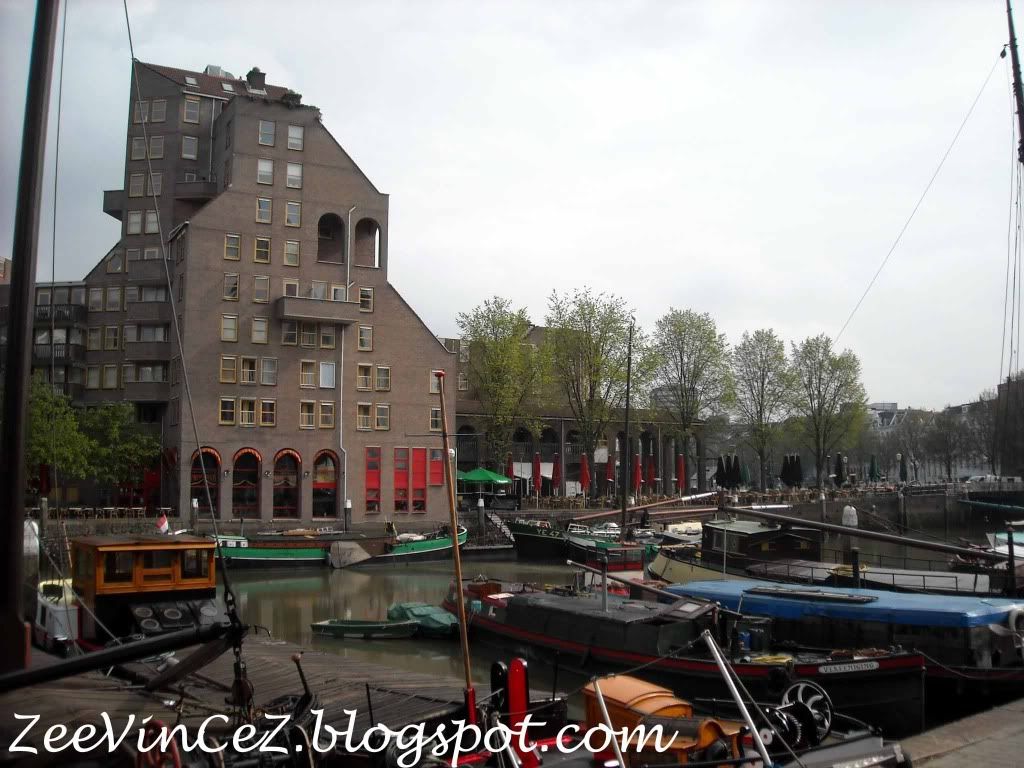
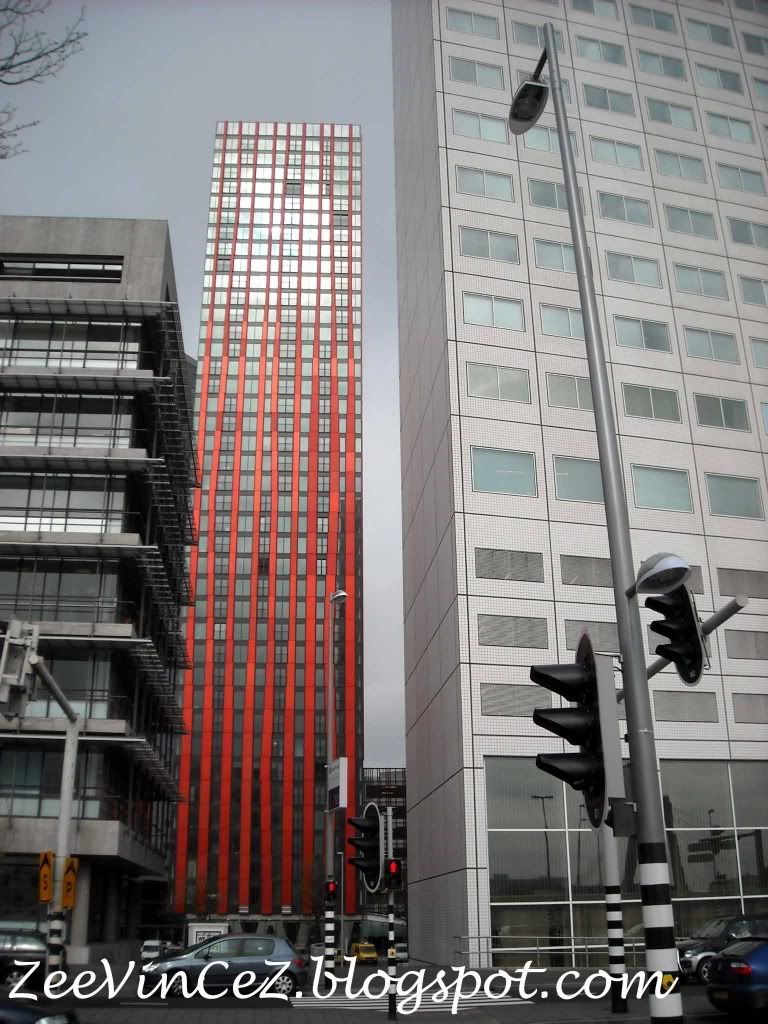
Now, there is one building worth mentioning. This one. This is the building which Jackie Chan slides down in his movie "WHO AM I".
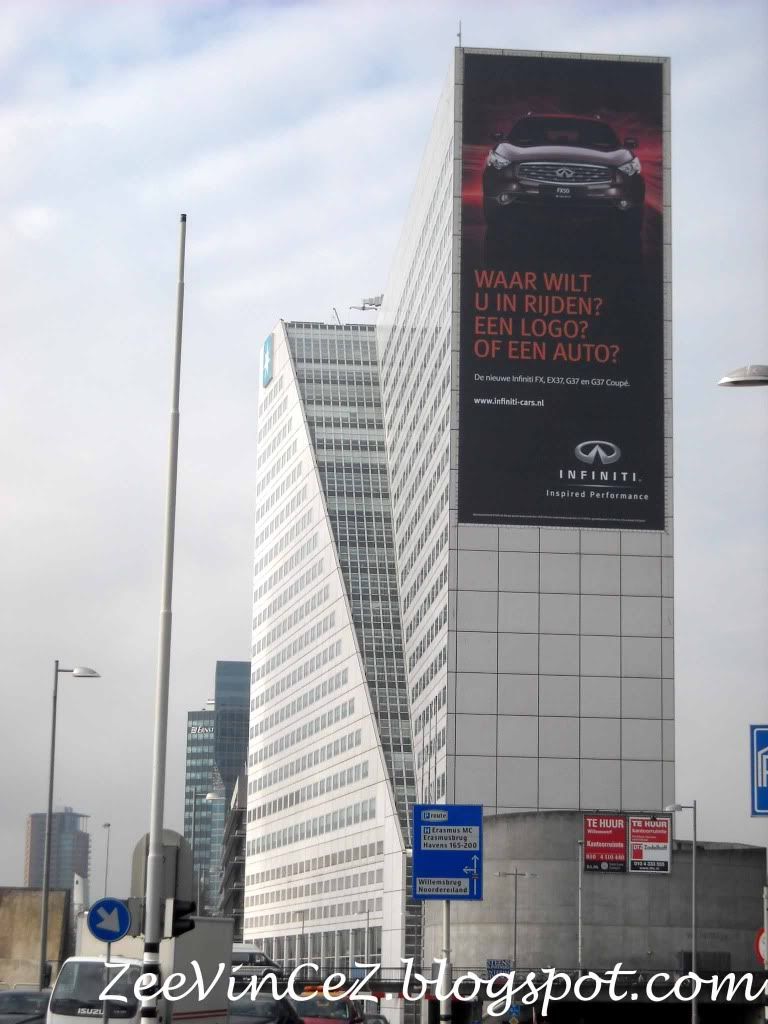
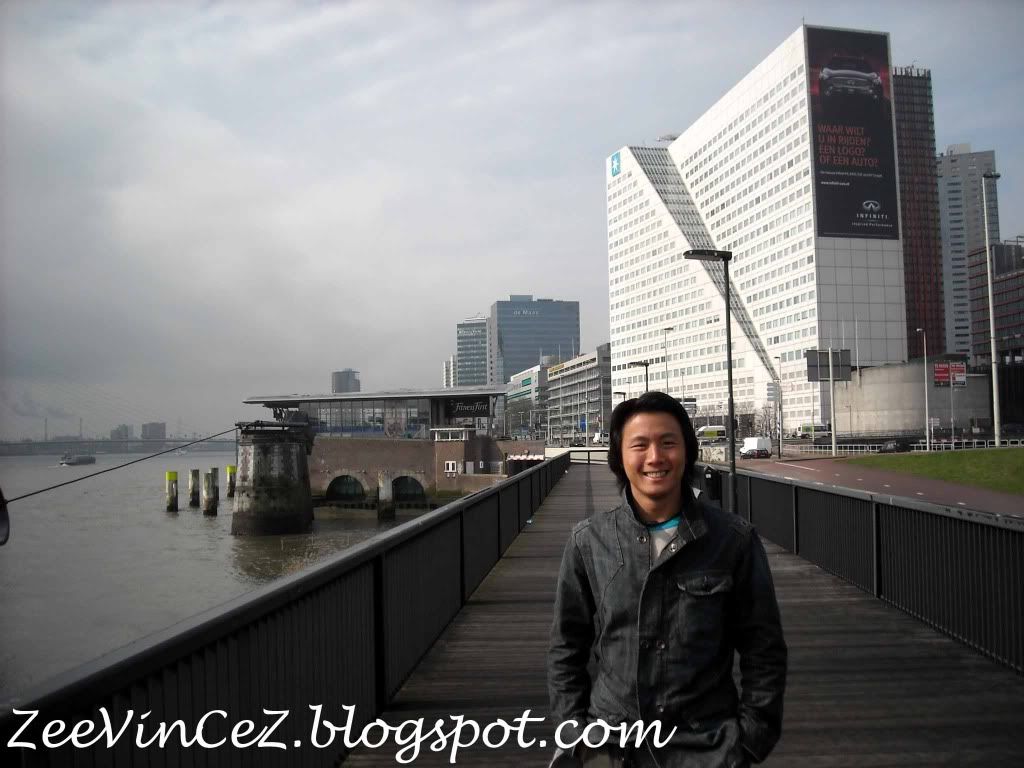
Awesome! Check this out.
Jackie Chan signing off...
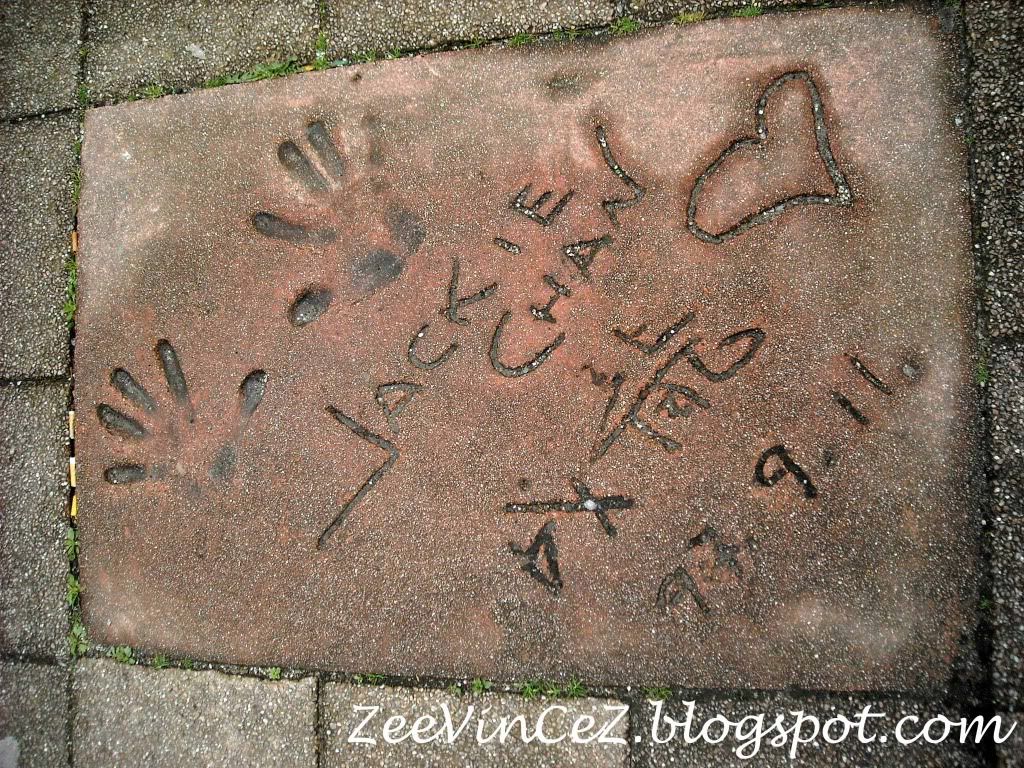
Shrek was here too?
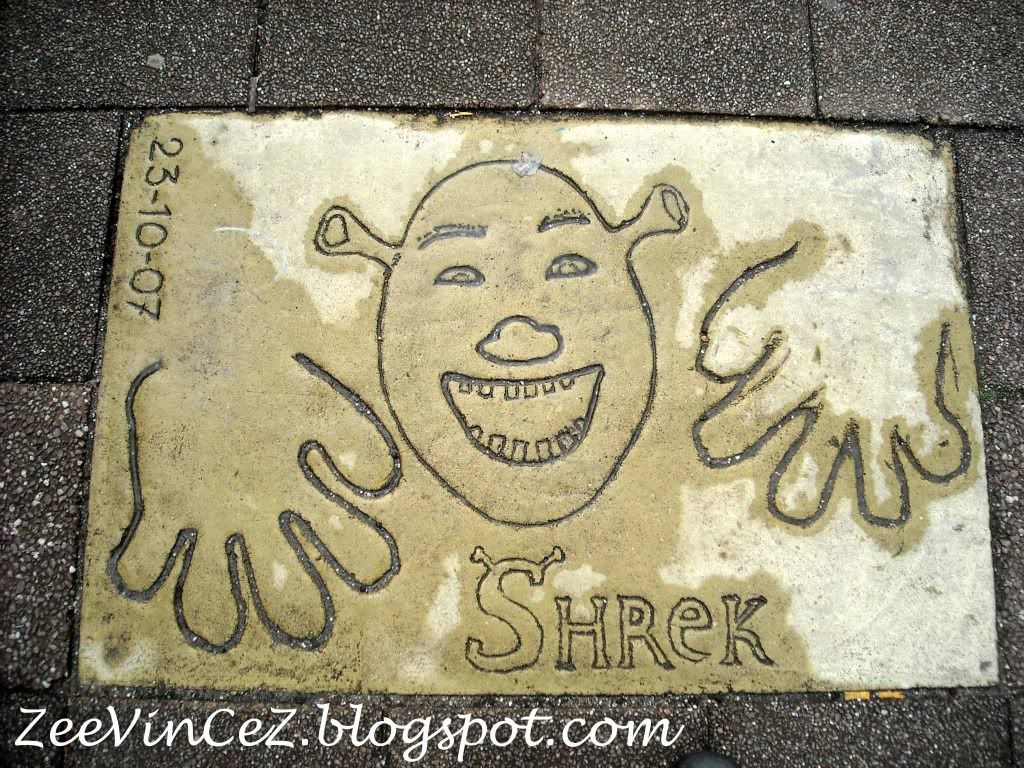
More of Rotterdam.
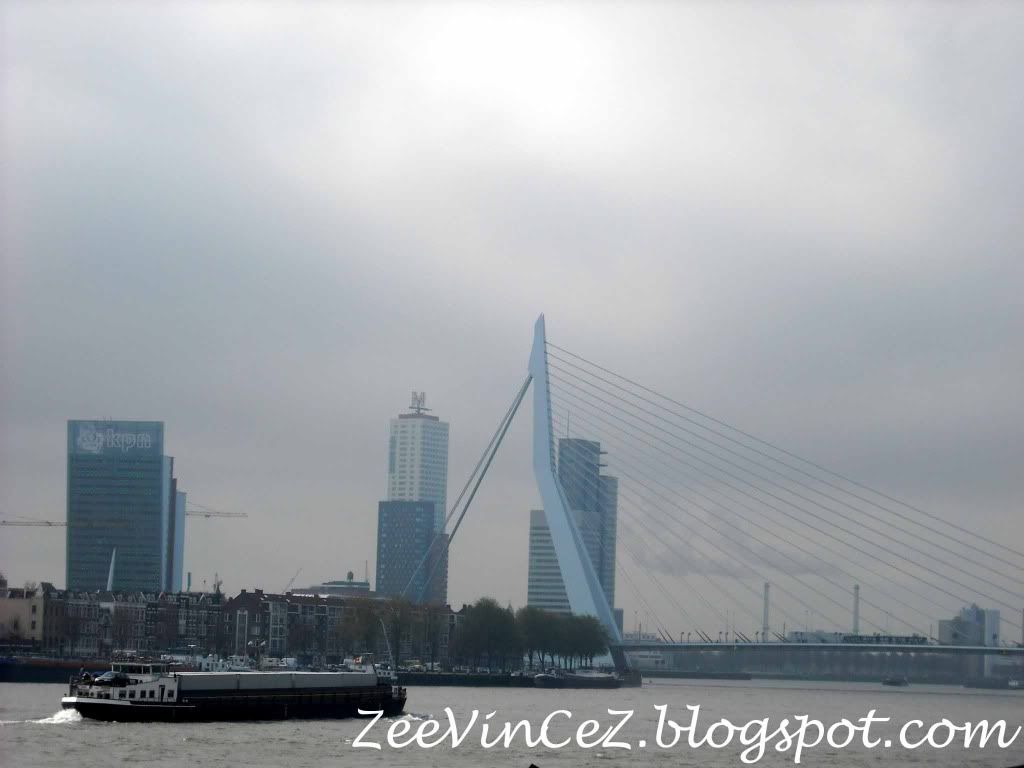


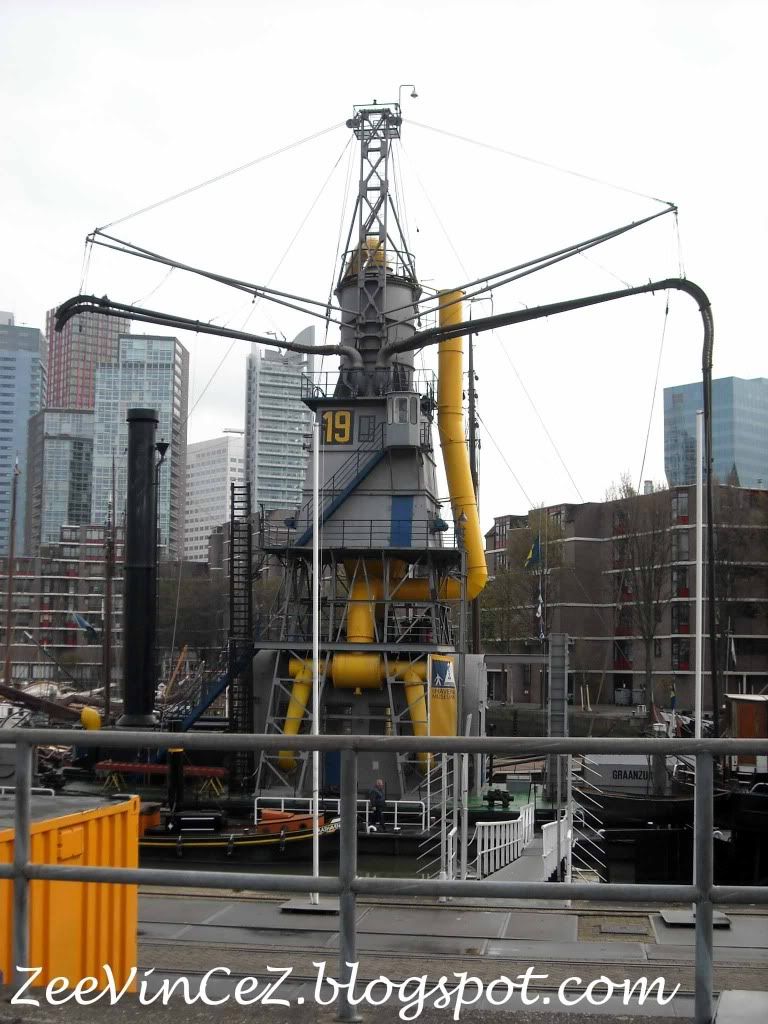
Interesting Street Lamps.
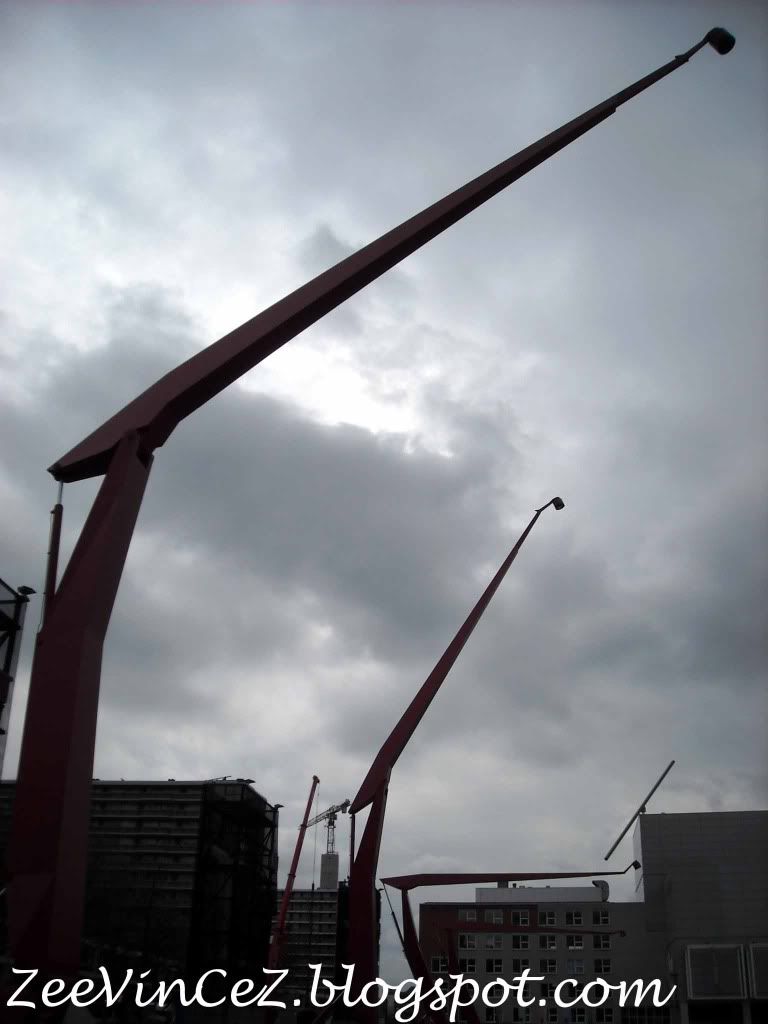

Showing you the room in a very different angle. :)
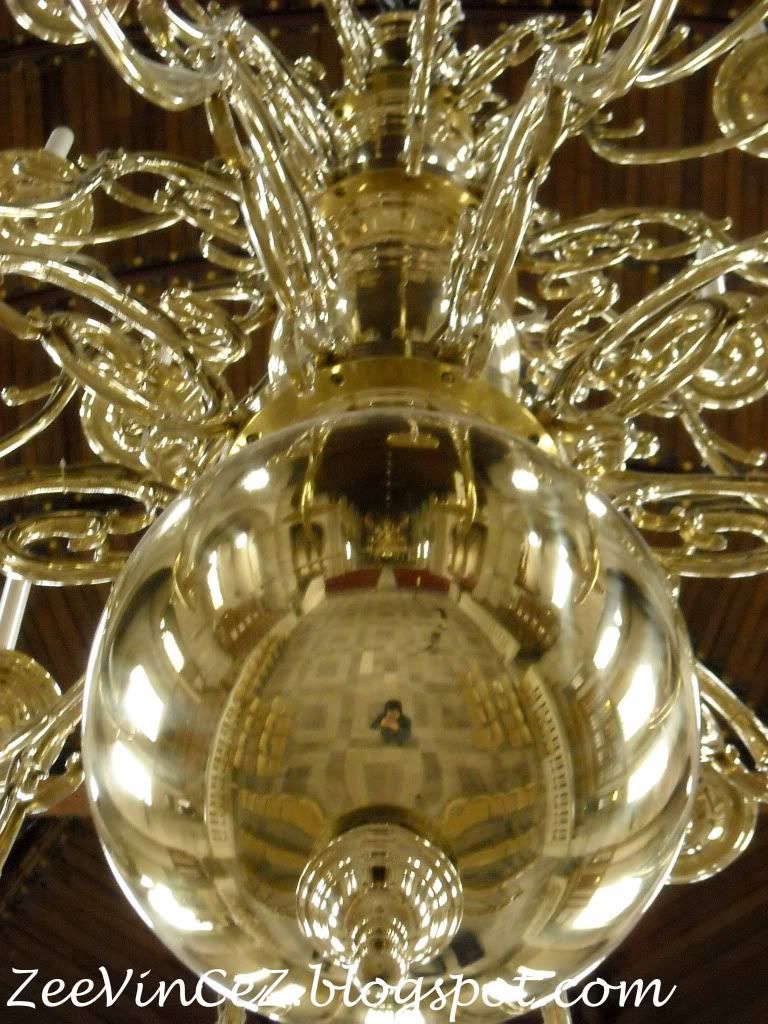
Never thought I would see the word "PASAR MALAM" here!!!!!
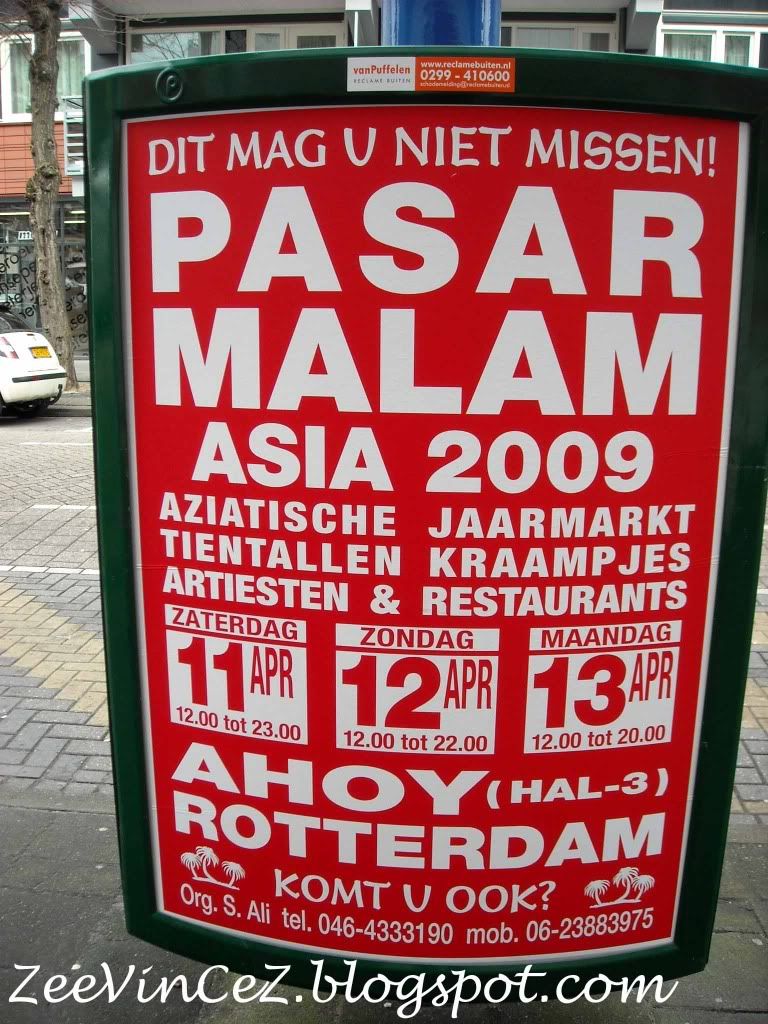
How does one rides this bicycle?
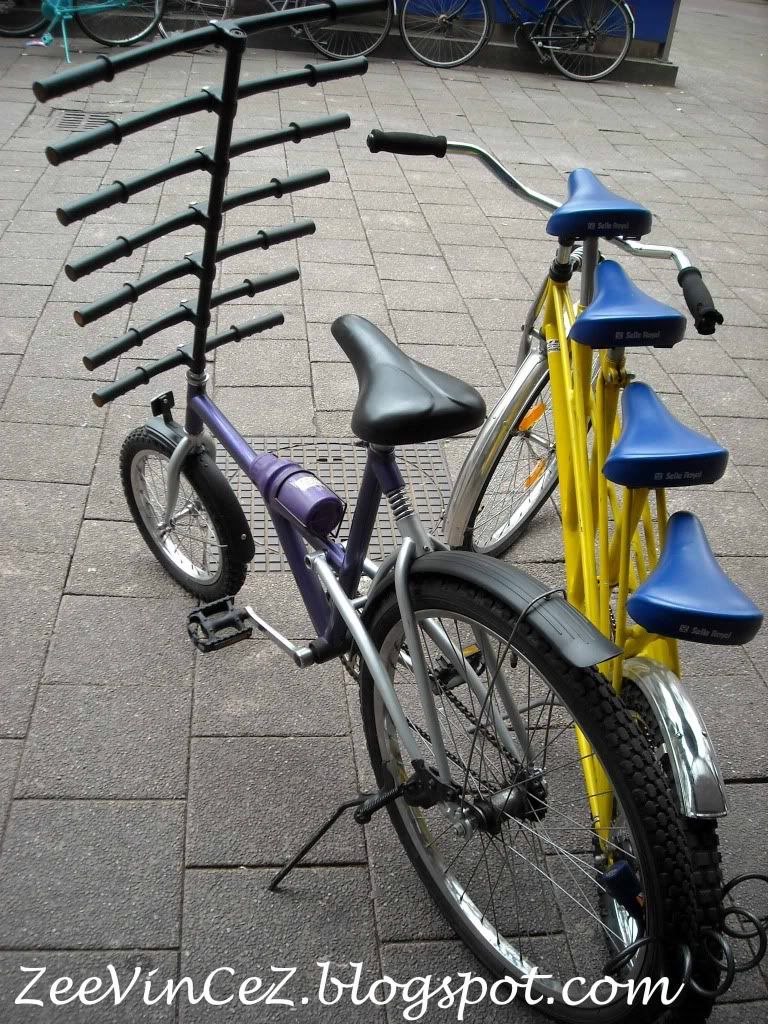
A super huge backpack. Too big for backpacking perharps.

Date: 8 April 2009
My host's dog came onto my mattress and slept beside me last night and when I woke up, I found blood stains all over my Tshirt and mattress.

Wanna know why? Because this dog was having her period......

Some of my host's hobbies.
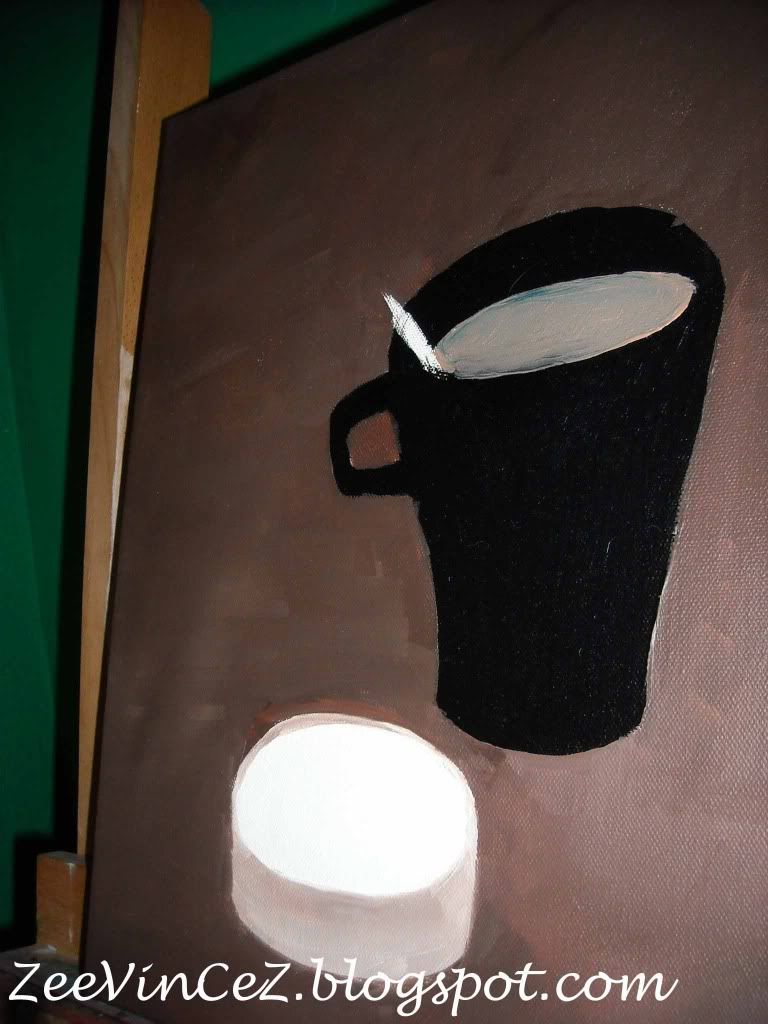
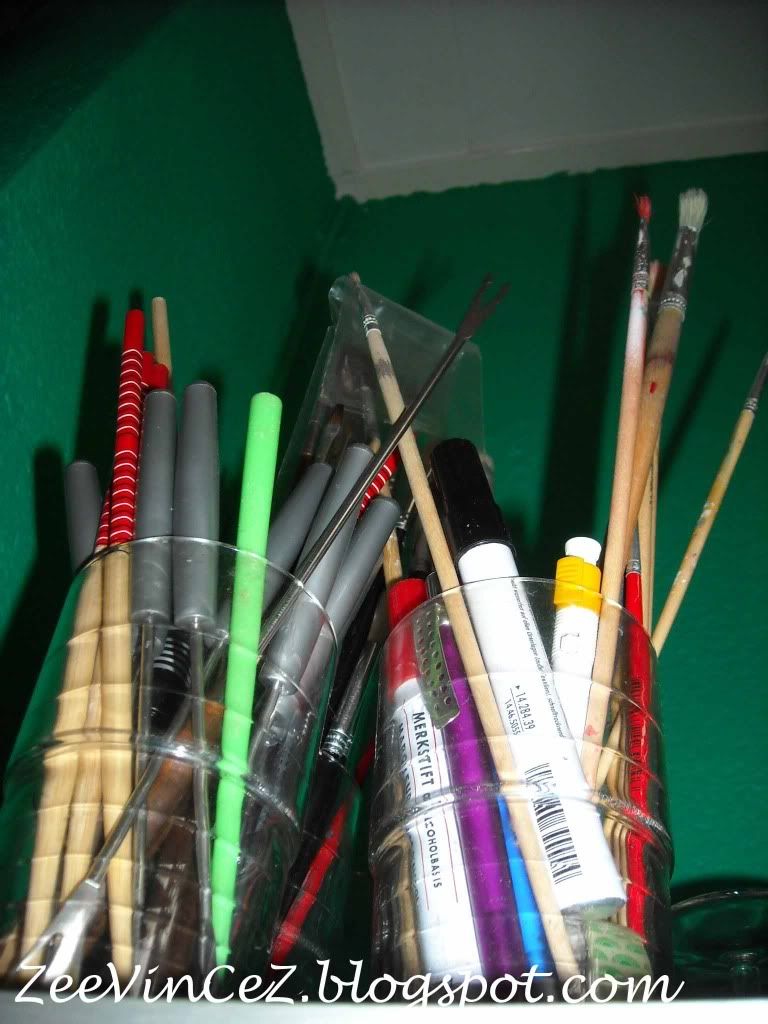
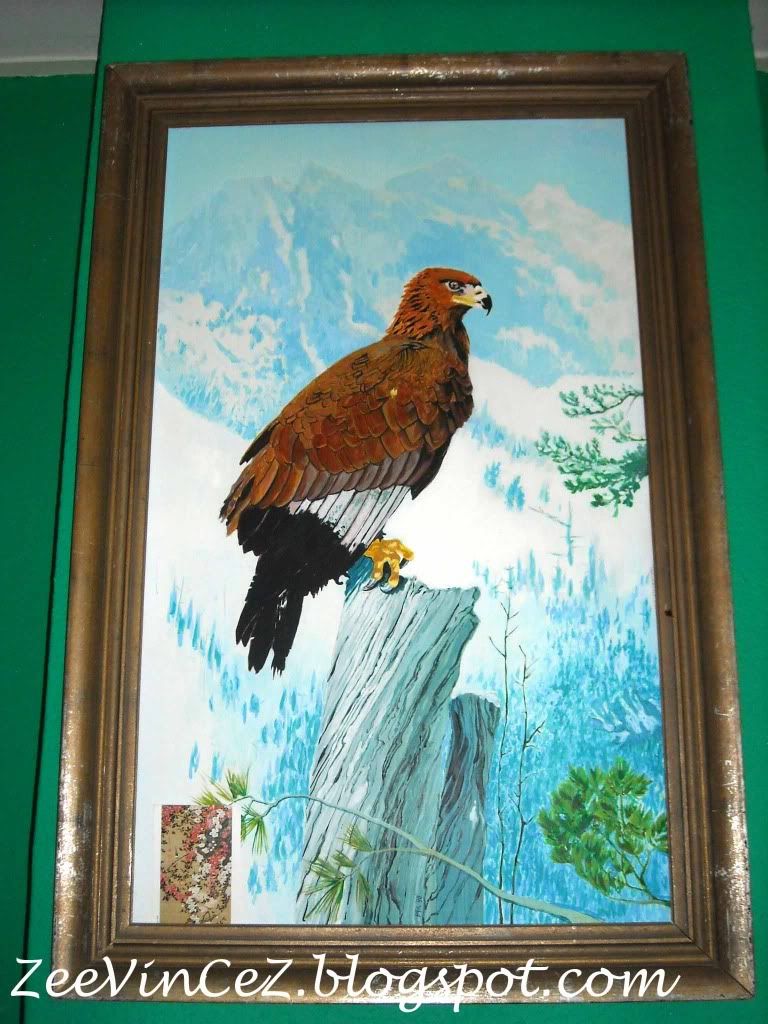

It rained the whole day so I did not go out. It was just a rest and relaxing lazy day.
*Click HERE to return to the Main Page of The Cold Journey.*
Got to Rotterdam last night and then went out with my host's sister to explore Rotterdam today. Along the way, she explained what does Squat and Anti-Squat means in Netherlands. It was very interesting.
Squatting is the act of occupying an abandoned or unoccupied space or building, usually residential, that the squatter does not own, rent or otherwise have permission to use. In the Netherlands, if a building is empty and not in use for twelve months, and the owner has no pressing need to use it (such as a rental contract starting in the next month), then it can be legally squatted. The only illegal aspect would be forcing an entry, if that was necessary. When a building is squatted, it is normal to send the owner a letter and to invite the police to inspect the squat. The police check whether the place is indeed lived in by the squatter—in legal terms, this means there must be a bed, a chair, a table and a working lock on the door which the squatter can open and close.
In cities, there is often a kraakspreekuur (squatters' conversation hour), at which people planning to squat can get advice from experienced squatters. In Amsterdam, where the squatting community is large, there are four kraakspreekuur sessions in different areas of the city, and so-called "wild" squatting (squatting a building without the help of the local group) is not encouraged. Dutch squatters use the term krakers to refer to people who squat houses with the aim of living in them (as opposed to people who break into buildings for the purpose of vandalism or theft).
There are many residential squats in Dutch cities. There are also some squats in the countryside such as a squatted village called Ruigoord near Amsterdam and Fort Pannerden near Nijmegen. Fort Pannerden (a military fort built in 1869) was evicted on November 8, 2006, by a massive police operation which used military machinery and cost one million euros. The squatters then re-squatted the fort on November 26 and have since made a deal with the local council which owns the fort. The deal states that the squatters will receive a large piece of land near the fort to start a community in the rural area in between the city of Nijmegen and Arnhem. In exchange, the fort was handed over to local authorities, who will turn it into a museum, with help provided by the squatters that used to live in Fort Pannerden.
Sometimes squats can become legalised. This is the case with the Poortgebouw in Rotterdam, which was squatted in 1980. In 1982, the inhabitants agreed to pay rent to the city council, and they are still living there as of 2008. The oRKZ (Oude Rooms-Katholieke Ziekenhuis) in Groningen, squatted in 1979, is an old Roman Catholic Hospital, which was declared legal in the 1980s.
Well-known squats include the OT301, Vrankrijk and the Binnenpret in Amsterdam, Anarres in Dordrecht, Het Slaakhuis in Rotterdam and the Landbouwbelang and Villa Vendex in Maastricht. De Blauwe Aanslag in The Hague was evicted in 2003.
Squatting gained a legal basis in the Netherlands in 1971, when the Supreme Court ruled that the concept of domestic peace (huisvrede) (which means a house cannot be entered without the permission of the current user) also applied to squatters. Since then, the owner of the building must take the squatters to court (or take illegal action) in order to evict them. A law was passed in 1994 which made it illegal to squat a building which was empty for less than one year.
There have been moves to ban squatting. In 1978, the Council of Churches launched a protest which scotched the idea. In June 2006, two ministers from the Dutch government (Sybilla Dekker and Piet Hein Donner) proposed a plan to make squatting illegal. Other ministers, such as Alexander Pechtold, were not in favor of this plan. Representatives of the four largest Dutch cities wrote a letter stating that it would not be in their interest to ban squatting. Squatters nationwide made banners and hung them on their squats in protest.
And in some cases, in order to prevent their buildings from being squat, building owners employ squatters to squat their buildings. These squatters are then known as anti-squatters. So if you are travelling to Netherlands and intend to look for cheap accomodation, this is a good method. Be an anti-squatter!
Haha... enough said. Lets now look at some intheresting buildings in Rotterdam.





Now, there is one building worth mentioning. This one. This is the building which Jackie Chan slides down in his movie "WHO AM I".


Awesome! Check this out.
Jackie Chan signing off...

Shrek was here too?

More of Rotterdam.




Interesting Street Lamps.


Showing you the room in a very different angle. :)

Never thought I would see the word "PASAR MALAM" here!!!!!

How does one rides this bicycle?

A super huge backpack. Too big for backpacking perharps.

Date: 8 April 2009
My host's dog came onto my mattress and slept beside me last night and when I woke up, I found blood stains all over my Tshirt and mattress.

Wanna know why? Because this dog was having her period......

Some of my host's hobbies.




It rained the whole day so I did not go out. It was just a rest and relaxing lazy day.
*Click HERE to return to the Main Page of The Cold Journey.*

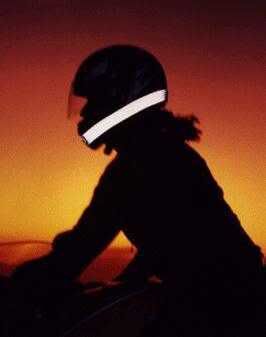

0 Comments:
Post a Comment
<< Home